Aquaculture in Northeast China
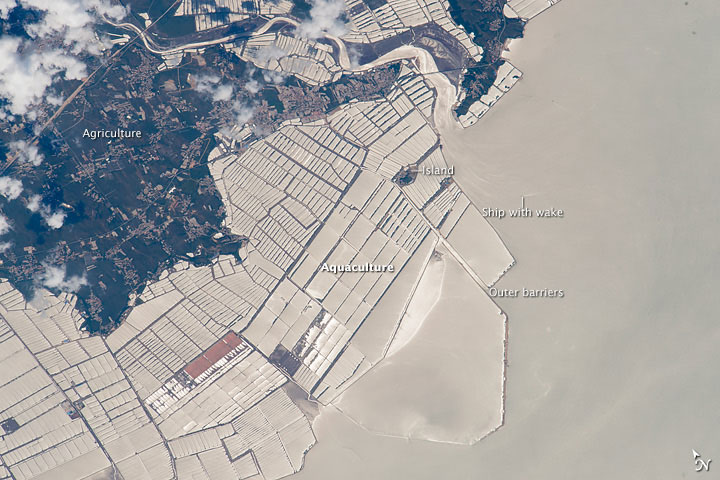
The aquaculture basins have been built out from the wooded coast to a distance of nearly 6 kilometers (4 miles). Fish farms have been constructed at many points along the provincial coastline, but this group of basins facing the Yellow Sea is the largest.
Global Consumption Trends Break New Records
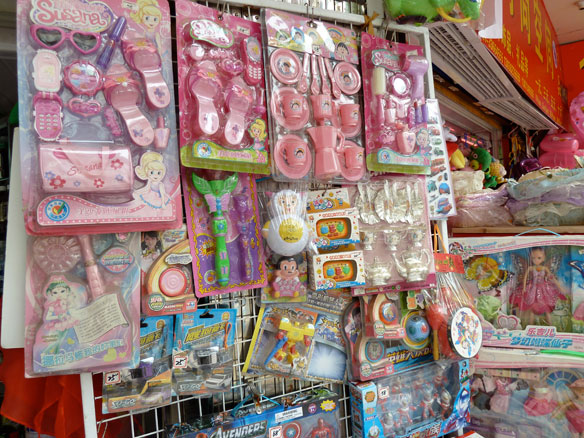
From coal to plastics to coffee, consumption levels are breaking records. According to the Worldwatch Institute’s latest report, Vital Signs, Volume 22: The Trends That Are Shaping Our Future, the acceleration of resource depletion, pollution, and climate change may come with underappreciated social and environmental costs.
2015 Plastic Pollution Coalition Video – Narrated by PPc Notable supporter, actor Jeff Bridges
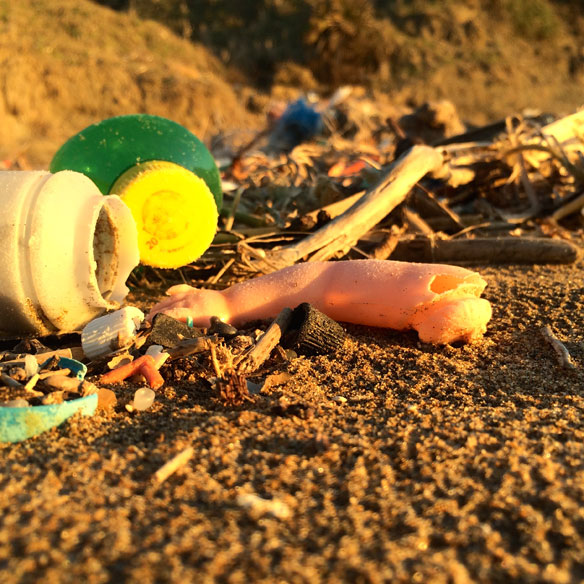
“We cannot accept to be “plastic force-fed” anymore. We have the choice, and it is to refuse. Supply follows demand, if demand stops, supply will… ultimately.”
Edible Water Bottle to Cause a Splash at EU Sustainability Awards
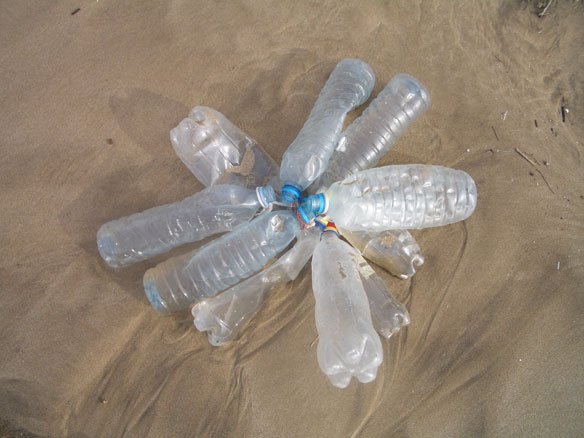
An edible alternative to plastic water bottles made from seaweed has topped the UK round of an EU competition for new, more sustainable products.
Delayed Effects of Oil Spill Compromise Long-Term Fish Survival
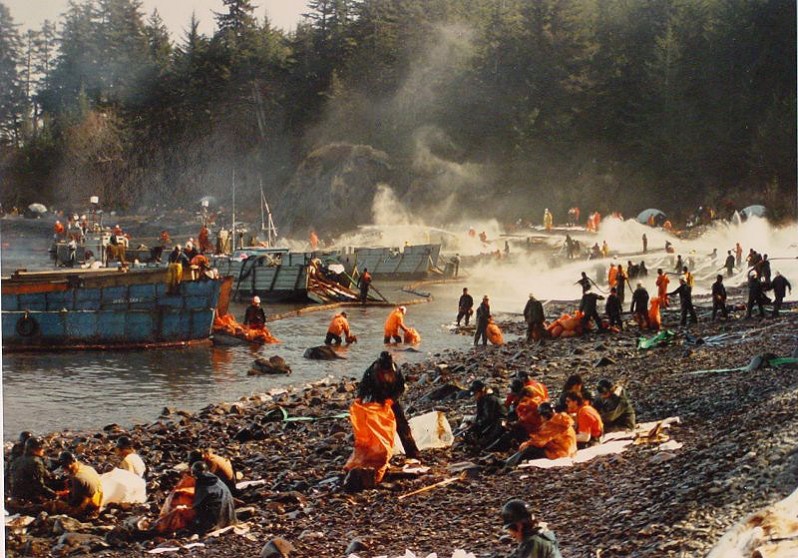
A new study concludes that the impacts of the Exxon Valdez spill on nearshore spawning populations of fish are likely to have been considerably underestimated in terms of both the geographic extent of affected habitat and the lingering toxicity of low levels of oil. The findings will likely contribute to more accurate assessments of the impacts of future oil spills
Go Strawless
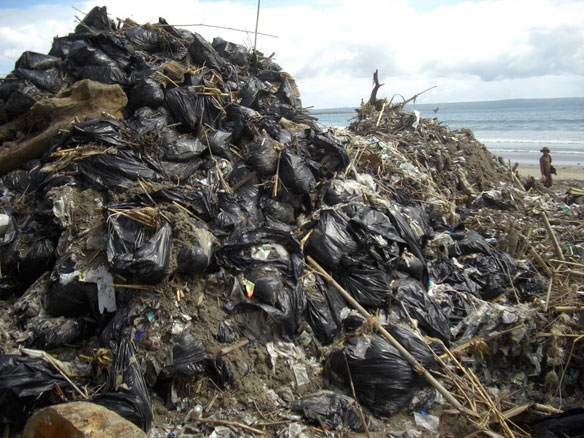
Too few of us have stopped using single-use, end-of-the-line plastic.
90 Percent of Seabirds Have Plastic in Their Stomachs
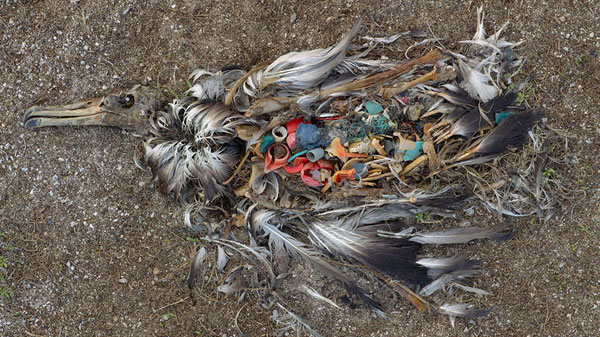
By 2050, nearly all seabirds will have plastic in their stomachs. Already, 9 out of 10 of the birds have some of the substance in their digestive tracts. Such are the sobering conclusions of a study published August 31 in the journal Proceedings of the National Academy of Sciences.
See the Whales Swimming in an Ocean of 70,000 Plastic Water Bottles
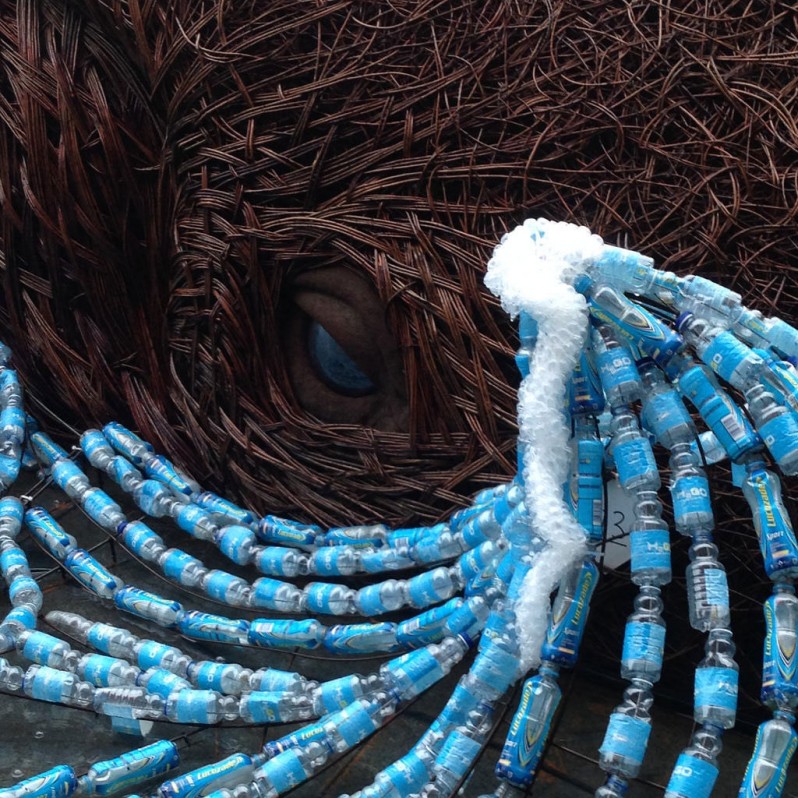
An art installation project in Bristol, England, is turning the spotlight on the problem of single-use containers.
Staying Safe in Sandy Beaches
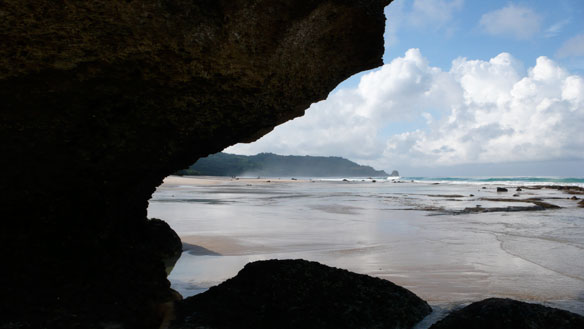
Beach sand contains all kinds of microorganisms, including those that can harm human health. Now, an international panel of scientists is recommending monitoring the sand at recreational beaches, to minimize health risks for beachgoers.
